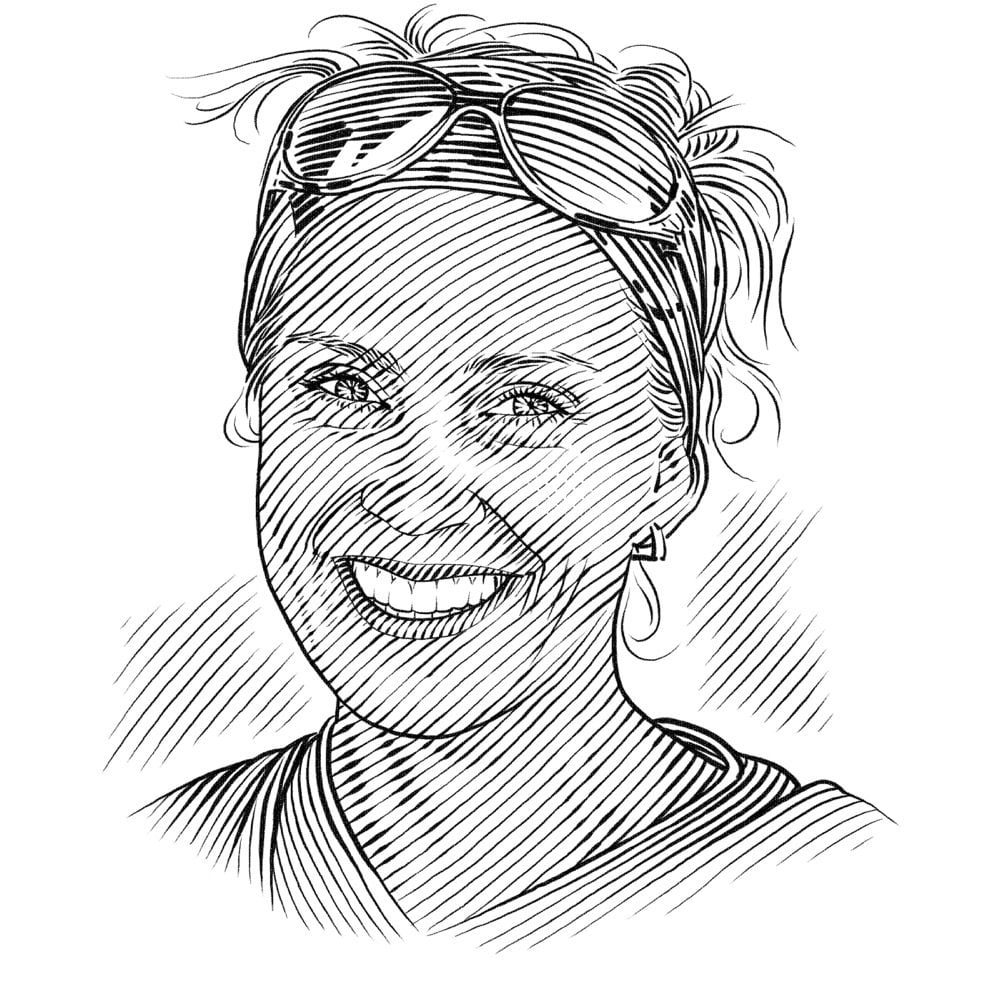ID shot: southern right whales
Every winter, southern right whales arrive at the South African coast to mate, socialise and give birth. Katja is developing a low-cost, remote controlled drone from which to observe the whales and record ID photos.
Cetaceans have been my biggest passion since childhood. I have always been intrigued by the beauty and mystery of these animals. When I became a biologist, I decided to dedicate my research to the study of whales and dolphins, using different techniques and approaches to investigate how they live. Studying animals that are submerged for most of their life is like conducting research on elephants from the bottom of a waterhole, where you see only the tips of their trunks and sometimes the full body of an individual. We know so little about cetaceans and I want to change that,...
ID-photos of southern right whales collected from a remote-controlled drone
The key objective of this project is to develop a remote-controlled drone that can be applied for monitoring inshore marine mammals.
The southern right whale population has recovered impressively and is increasing by 7% a year. Its inshore distribution and clear ID markings make it the ideal species for which to develop a remote-controlled drone. Once developed, the remote-controlled drone could be used to survey other large inshore marine species, such as the Bryde’s whale Balaenoptera brydei (Data Deficient), the humpback whale Megaptera novaeangliae (Data Deficient) and various dolphin species, including the Indo-Pacific humpback dolphin Sousa chinensis (Plumbea form; Near Threatened) and the Indo-Pacific bottlenose dolphin Tursiops aduncus (Data Deficient). It will be possible to obtain information about whale behaviour and ID-pictures, as well as detailed information on dolphin behaviour and group composition.
Every year from June until January the southern right whales arrive at the shoreline of South Africa to mate or give birth and nurture their calves. Individual southern right whales can be identified by the unique callosity patterns around their faces, and some can be identified by the colour-markings on their backs. Peter B. Best has been conducting aerial surveys along the South African cost since 1976. This is an on-going survey and the data obtained from the study is extremely valuable and has provided unique knowledge about the southern right whales of our coast line. The flights are conducted every year at the peak of the whale season (September to October) and the focus is mother-calf pairs. However, flying the coastline is extremely costly and there are risks for the people involved.
Since 2011, as part of my PhD studies, I have been using a theodolite to track the cetacean species in the Dyer Island area, including southern right whales. I have identified some challenges during this time. For example, from land it can be difficult to distinguish which individuals are moving from which groups, particularly the surface active groups (normally consisting of a focal female and several males), and how long individuals stay in the same area. Particularly the surface active groups are difficult to track using only a theodolite, since the animals often move from one group to another.
When combining theodolite tracks with ID-pictures from a remote-controlled drone, it is possible to identify the focal female in a surface active group and to follow the males that are actually mating with her. To date, the main theory concerning the mating strategy of right whales is that they participate in sperm competition, but knowledge about the fine-scale behaviour of the surface active groups is still to be revealed.
- Follow the behaviour of southern right whale surface active groups and identify the focal female.
- Identify mothers with calves throughout the season, and when they are social with other groups. To do this we’ll combine theodolite tracking and information from the remote-controlled drone.
- Monitor the nursing behaviour of mother-calf pairs. To date it is unknown how often southern right whale calves on the South African coast drink milk.
- Conduct transects of the two research areas: Pearly Beach and Walker Bay. From these transects it will be possible to obtain long-term monitoring information for individuals and relate it to weather conditions, for example.
- Apply the technique to other marine mammal species.

